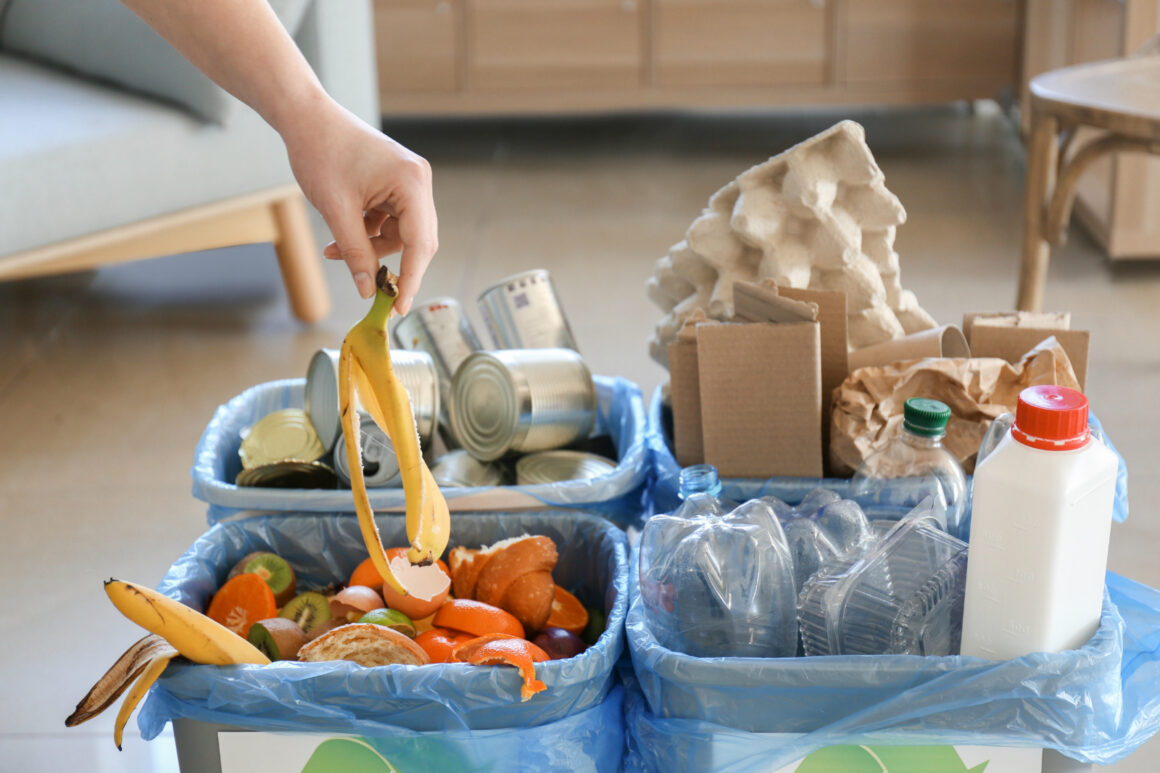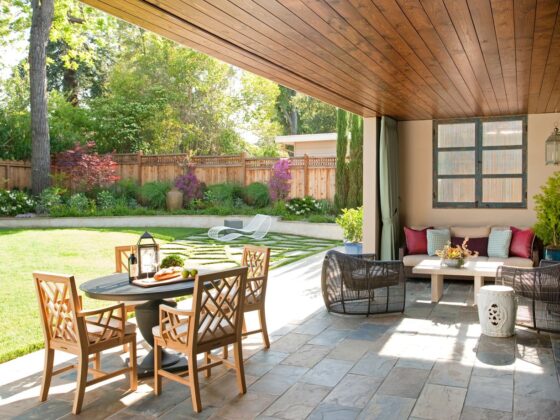Rodents such as mice and rats are common household pests that can cause a variety of problems, including property damage and the spread of disease. Preventing rodents from entering your home is crucial for protecting your family’s health and the integrity of your property.
The following are essential steps for long-term rodent control in your home.
Sealing Entry Points
The first step in rodent-proofing your home is to inspect the exterior and interior of your property for any entry points. Mice can enter through openings as small as a quarter-inch, and rats can squeeze through holes as small as a half-inch. Common entry points include gaps around doors and windows, holes in walls and floors, and gaps around pipes and wires. Seal these entry points with caulk, steel wool, or foam insulation to prevent them from entering.
Materials to seal entry points

When sealing entry points to prevent them from entering your home, it’s important to choose the right materials to ensure long-term effectiveness. Some of the materials that can be used to seal entry points include caulk, steel wool, and foam insulation. Caulk is a sealant that can be applied to gaps and cracks in walls, floors, and other surfaces to create an airtight seal. Steel wool is an effective barrier that can be used to fill larger gaps or holes. It’s important to use a ball of high-quality steel wool that is resistant to corrosion and rust. Foam insulation can be used to fill larger gaps and voids, and is particularly effective in insulating around pipes and wires. Using these materials in combination can help to create a comprehensive barrier that will keep rats out of your home for the long term.
Maintaining Cleanliness
Rodents are attracted to food, water, and shelter, so it’s important to maintain cleanliness in and around your home. Clean up food spills promptly, store food in sealed containers, and dispose of garbage in tightly sealed bins. Regularly clean your kitchen and pantry, and avoid leaving pet food out overnight. Keep your yard and landscaping tidy by removing debris and trimming overgrown vegetation.
Cleaning up spills promptly
Cleaning up spills promptly is an important step in rodent-proofing your home. Rats are attracted to food and water sources, so spilled food and liquids can be a magnet for them. If spills are not cleaned up promptly, they can provide a breeding ground for bacteria and fungi, which can further attract them. In addition to cleaning up spills, it’s important to keep your kitchen and pantry clean and tidy, and to store food in sealed containers. By keeping your home free of spills and other food sources, you can help prevent rats from taking up residence in your home.
Proper storage of food
Proper storage of food is essential in rodent-proofing your home. Rodents are attracted to food sources, so it’s important to store food in sealed containers to prevent rats from accessing it. Keep food in tightly sealed containers, and avoid leaving pet food out overnight. Additionally, make sure to regularly clean your kitchen and pantry to remove any food debris or crumbs that could attract rats. Properly storing food will help reduce the risk of a rat infestation in your home.
Disposal of garbage in tightly sealed bins

Disposing of garbage in tightly sealed bins is an important step in rodent-proofing your home. Rodents are attracted to the smell of food waste, so it’s important to keep garbage in tightly sealed bins to prevent rats from accessing it. Garbage should be disposed of regularly and bins should be cleaned periodically to remove any food debris or odors that may attract them. It’s also important to keep garbage bins away from the exterior of your home to prevent rats from using them as a pathway into your house. Proper disposal of garbage is a crucial step in preventing them infestations in your home.
Regular cleaning of kitchen and pantry
Regular cleaning of your kitchen and pantry is an essential step in rodent-proofing your home. Rodents are attracted to food sources, so it’s important to keep your kitchen and pantry clean and tidy. Wipe down countertops and other surfaces regularly to remove any food debris or crumbs that may attract rats. Additionally, keep food in sealed containers and dispose of any expired food. Regular cleaning of your kitchen and pantry will help to reduce the risk of a rodent infestation in your home.
Keeping your yard and landscaping tidy
Keeping your yard and landscaping tidy is an important step in rodent-proofing your home. Rodents can use overgrown vegetation, debris, and other clutter as a hiding place, which can make it easier for them to access your home. To keep rodents at bay, trim overgrown vegetation, remove debris and clutter, and keep firewood and other outdoor storage items elevated and away from the sides of your home. Regularly inspect the exterior of your home for any gaps or cracks, and seal them promptly to prevent rodents from entering. By keeping your yard and landscaping tidy, you can reduce the risk of a rodent infestation in your home.
Eliminating Hiding Places

Rodents prefer to hide in cluttered areas such as storage boxes, piles of clothes, and unused furniture. Eliminate potential hiding places by organizing your belongings and disposing of unwanted items. Store items in sealed containers, and use wire mesh to seal off crawl spaces and attics.
Installing Rodent-Proof Screens
Rodents can enter your home through open windows and doors, so it’s important to install rodent-proof screens on all openings. These screens have a finer mesh than traditional screens, making it harder for mouses to enter. Additionally, make sure that all doors and windows fit snugly in their frames and don’t have gaps around the edges.
Using Traps and Baits

If you have a current rodent infestation, it’s important to take action to eliminate the problem. Traps and baits can be effective in reducing the rodent population in your home. Snap traps are the most common type of trap, and they should be placed in areas where rodents are active. Baits should be placed in tamper-resistant bait stations to prevent the accidental poisoning of children or pets.
Conclusion
In conclusion, rodent-proofing your home is essential for the long-term control of these pesky pests. By sealing entry points, maintaining cleanliness, eliminating hiding places, installing rodent-proof screens, and using traps and baits, you can reduce the risk of a them infestation in your home. If you have a current infestation, it’s important to take action immediately to prevent further damage and potential health risks.



